A modular platform that combines modelling and experimental work can identify top-performing sorbents for carbon capture and could help bridge the ‘valley of death’ between research and practical implementations of carbon capture applications.
Developed by researchers at École Polytechnique Fédérale de Lausanne (EPFL) in Switzerland and Heriot-Watt University in the UK, the Process-Informed design of tailormade Sorbent Materials, or PrISMa, connects materials science, process design, techno-economics and life-cycle assessment to screen promising sorbents, such as metal–organic frameworks (MOFs), for carbon capture.
‘People have been looking at materials for carbon capture, but they were using very simple metrics, like the selectivity – something you can easily measure that doesn’t involve the process side of things,’ explains Berend Smit, director of the Energy Center at EPFL and one of the researchers leading the study. ‘On the other side, you have the chemical engineers doing process design, but only looking at materials that are commercially available.’
The PrISMa platform allows for the interrogation and screening of materials for a specific site to find the best match based on carbon dioxide source, destination of the carbon dioxide, capture technology, industrial plant type and geographical region. The interactive tools allow stakeholders to explore over 1200 materials, understanding the trade-offs between cost, environmental impact and technical performance.
Each sorbent material is evaluated by way of four ‘layers’ to assess its viability from initial development through to implementation. ‘Firstly, we need to calculate the material properties that are needed for the process in order to carry out a process design,’ says lead co-author Susana Garcia Lopez, also at Heriot-Watt. ‘You can either use molecular simulations to calculate them, or you can input experimental data directly into the database.’
‘Once we have all the information we need, it fits into the process layer [where] we calculate the performance of a column that is filled with your adsorbent material – your MOF. Then we calculate key performance indicators derived from that analysis, for instance the CO2 working capacity, the productivity, the purity recovery – to give us an indication of how well the process performs.’
That information is then sent through to the techno-economics layer where the economic and technical viability is assessed. Finally, in the life-cycle assessment layer, the platform is used to calculate the environmental impact of operating the carbon capture plant.
‘This is extremely important,’ says Garcia Lopez. ‘You need to make sure that whichever material [and] process you use for capturing carbon, you are indeed capturing carbon and not emitting more.’
The researchers used PrISMa to compare over 60 real-world case studies, in which carbon dioxide is captured from different sources in five world regions with different technologies, to identify the most effective and sustainable solutions.
David Kwabi, a mechanical engineer at the University of Michigan in the US, says the paper is a ‘valuable contribution’ to the field. ‘The authors are correct in pointing out that finding the “best” capture material is an inherently multi-objective task and this study is the first I’m aware of to integrate material performance and process design with local resource constraints, as well as lifecycle and technoeconomic analysis,’ he adds.
‘A particularly compelling insight is that some of the top-performing capture materials may require heavy use of critical or scarce minerals and considerable greenhouse gas emissions in building and running the relevant plant.’
Hannah Chalmers, a mechanical engineer at the University of Edinburgh, says the team has done a ‘really good job’ of being as comprehensive as possible. ‘When you’re building modelling frameworks, trying to get that balance between breadth and depth is really hard…[and] modelling work can never fully replace going into the lab and doing stuff, which they’re clear about, but in terms of having a kind of coherent set of modelling layers that are feeding between each other…they have done one of the best efforts that I’ve seen of trying to have that coherent framework in one place,’ she says.
Chalmers highlighted that with modelling it is never possible to get all of the flue gas components and that sometimes, in reality, unexpected things can happen. ‘One of the reasons why we need these pilot projects is that when we get out of simulated air in the lab and into real flue gas with particulates, with trace elements, etc, we often see interesting things that we don’t see in their simulations and in the lab…it’s just something to be aware of with all of the work of this type,’ she says.
References
C Charalambous et al, Nature, 2024, DOI: 10.1038/s41586-024-07683-8



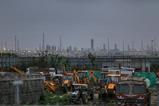

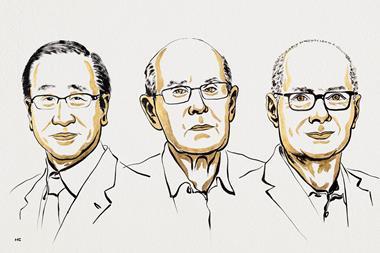
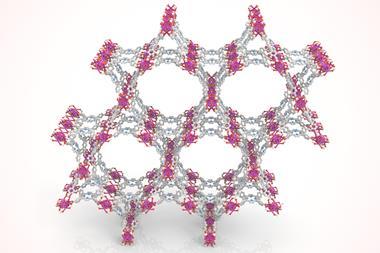
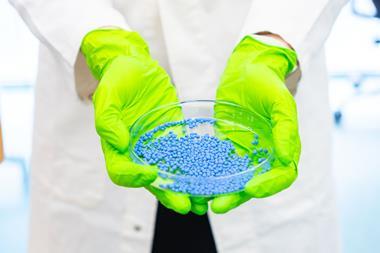
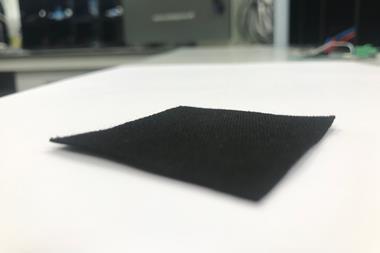








No comments yet